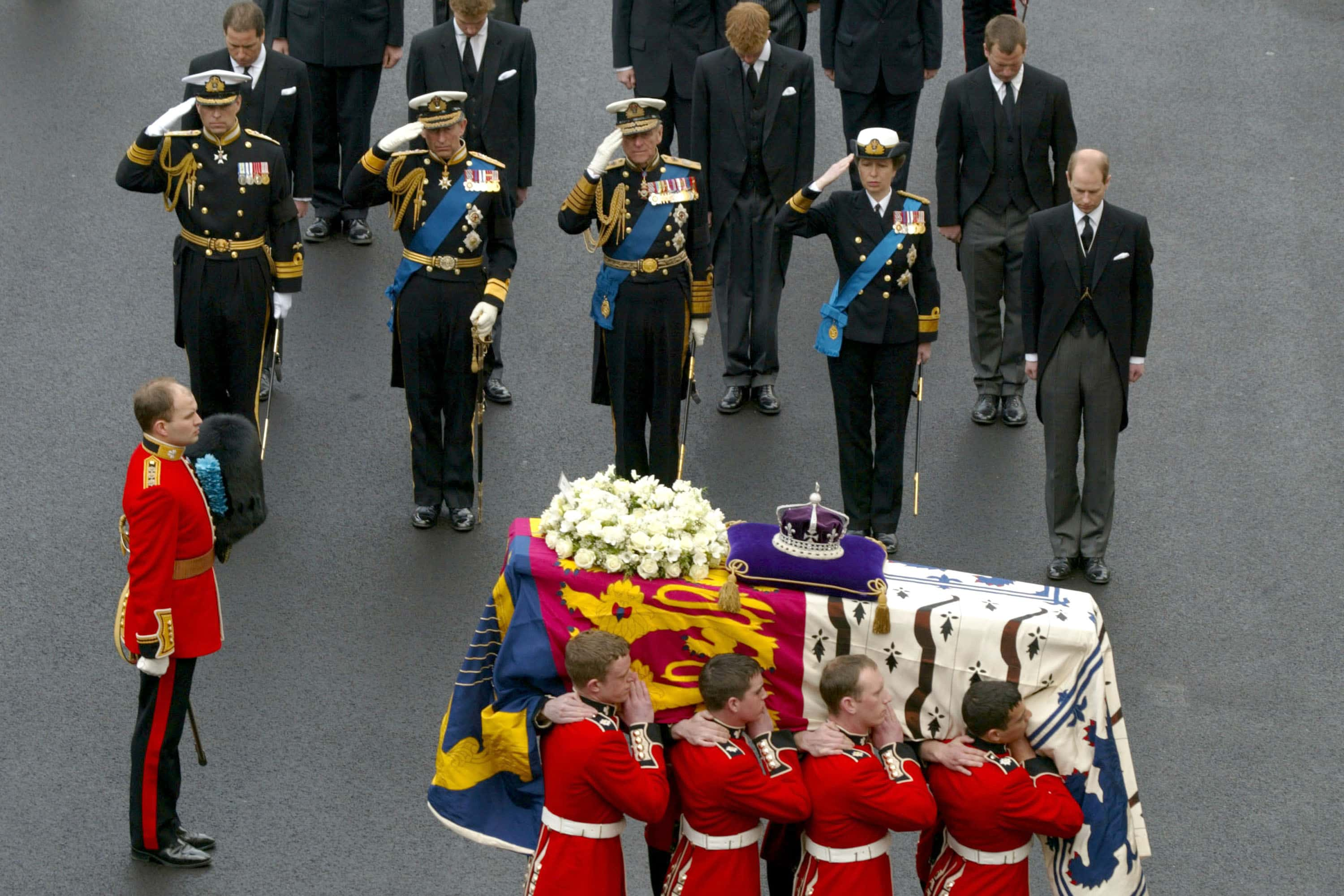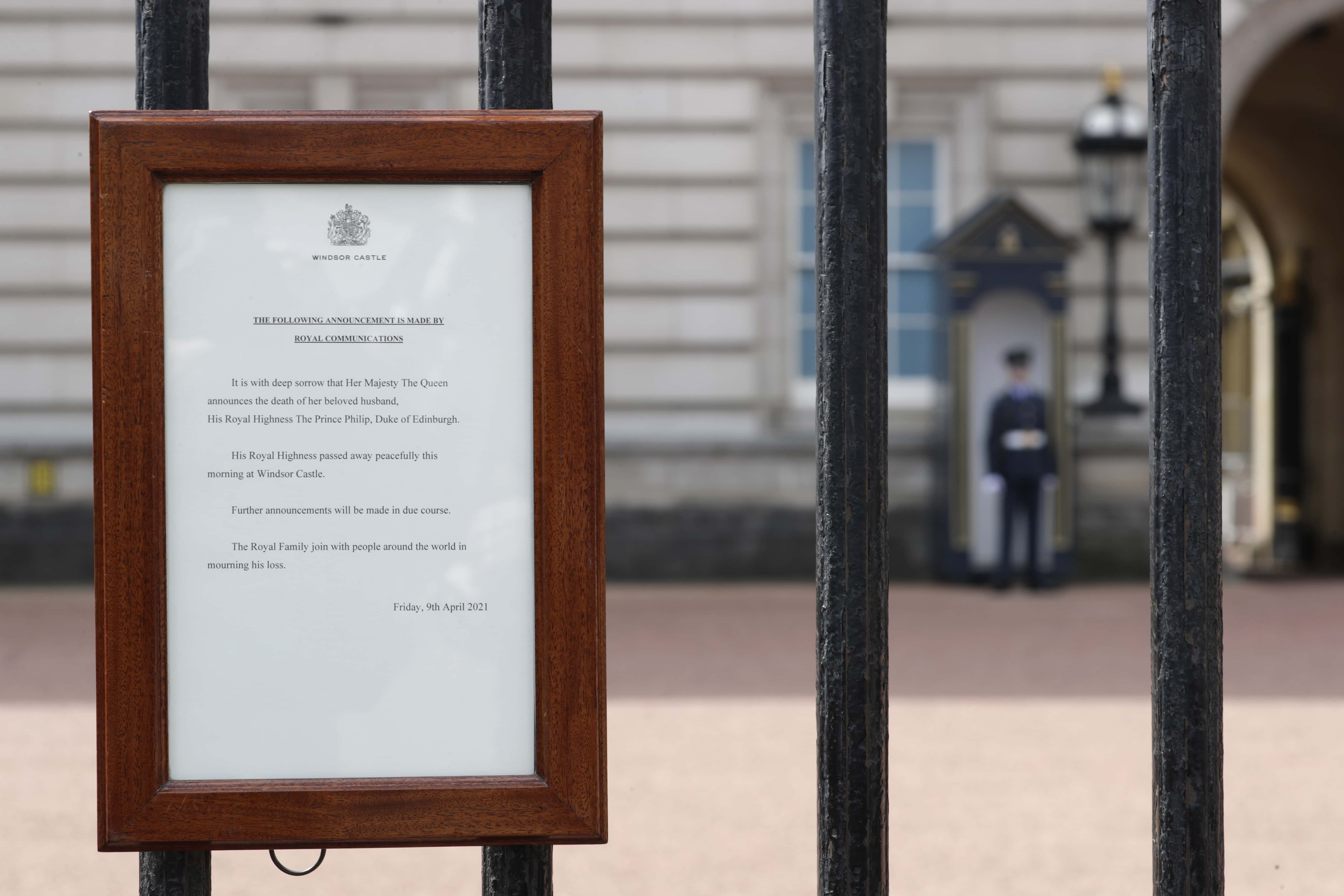What happens if Queen Elizabeth dies? Unraveling 'London Bridge Is Down' as per secret plan drawn up in 1960s

Following the death of Prince Philip, we witnessed royal protocol swing into action immediately. Every announcement, event and process was carefully planned years ago by the prince and the palace. In the unfortunate case that Queen Elizabeth dies, we will witness something similar. In general, royal events are carefully pre-planned, but what about death? That's not something you can always plan for.
In truth, the palace has plans in place dating back to the 1960s. The plans are updated yearly, keeping in mind the latest technology and information. From informing the prime minister to the funeral, everything that needs to be done is constantly planned, checked and updated, depending on the situation. Dubbed 'Operation London Bridge', the Queen's death is one of the most speculated, if not dreaded royal events. In the unfortunate incident that the Queen does die, here's a full breakdown of how the news will be conveyed and what will happen.
RELATED ARTICLES

Operation London Bridge
Codewords are a key part of royal protocol in a bid to ensure the news does not leak to the public before the palace is ready to convey it. In 2017, The Guardian reported that the code 'London Bridge is down' will be used to refer to the Queen's demise. When she does die, her doctor Huw Thomas will decide who can see her and when the information should be made public. When he decides to do so, the Queen's private secretary Sir Christopher Geidt will be the first to deal with the news. Reportedly, he is in charge of contacting the sitting prime minister to convey the message. From there, the Foreign Office’s Global Response Centre will send out the information to all the foreign governments where the Queen is either the head of state (15 countries) and the 36 countries of the Commonwealth where she was a symbolic figurehead.
Information will be relayed to ambassadors, heads of state and diplomats first, while the press and public are kept in the dark. When the palace is ready, they will issue a brief statement via the Press Association (PA) and other global media outlets conveying the Queen's passing. Traditionally, the BBC was the first to receive the news but that is no longer the case. The palace will also place a black-edged notice at the gates of Buckingham Palace, and the website will go black as it did when The Duke died.
How the media deals with the information is also carefully planned and rehearsed. When the BBC gets the message, they will alert all newsrooms and radio stations via the radio alert transmission system (Rats). This cold war era alarm system is a near-mythical part of the intricate architecture of ritual and rehearsals for the death of major royal personalities, The Guardian said. Commercial radio stations have a playlist of somber music they will play before newsreaders take over. All planned programming, whether on TV or radio, will be scrapped.
Pre-planned obituaries will then be published. In the meanwhile, TV stations will play obituaries along with interviews from experts and other pre-planned visuals. Like the protocol itself, these visuals are updated regularly. News anchors will change into black suits with ties prior to this — the protocol established in 2002 after veteran anchor Peter Sissons wore a maroon tie when announcing the Queen mother's death.

A new king
The moment the Queen dies, Prince Charles will be proclaimed king. The announcement will be made a day after the Queen dies, with formalities being guided by the Accession Council at St James' Palace. He will also make a tour of the four nations — England, Ireland, Scotland and Wales. His coronation will not take place until months after the funeral, but he will still be the king nonetheless. At the same time, Camilla will take on the title of 'Queen'. Parliament will also meet the evening the Queen dies to swear allegiance to the new monarch.
Between touring the nation, meeting people and the government, the new king will also play a crucial role in planning the funeral. His ascension will also affect the nation in other ways — the national anthem will change to 'God save the King'. New currency will also be printed with his face, and not the Queen's. Similarly, his face will replace the Queen's on passports, stamps, police and military uniforms.
Protocol isn't limited to just the day the Queen dies, instead, there is a long list of things that will happen right until she is buried. That is expected to be 12 days after her death, with the nation in mourning till then. Her body will 'lie in state' at Westminister Hall four days after her death so that the public can pay their respects. She will then receive a full state funeral at Westminster Abbey in London, presided over by the Archbishop of Canterbury.

The state funeral will be attended by almost all major heads of state. The day is a public holiday for the whole nation, including the stock market. It is unclear where the Queen will be interred, though most expect it to be Windsor Castle, but she could choose a different location.
Plans will change slightly if she dies outside of London. In case the Queen dies in Balmoral Castle, her body will first be taken to Holyrood Palace. Following a service at St Giles Cathedral, her body will be taken by train to London. If she dies at Windsor Castle or Sandringham House, the body will be transported by road to Buckingham Palace. In case she dies outside the UK, her body will be brought back to RAF Northolt by The Royal Squadron.
Since the Queen is the only monarch many of us have known, her passing will be a significant moment not just for the UK, but also for the world. We've seen this in some fashion with the death of Prince Philip, but the Queen's demise is expected to be far more public and wide-reaching, given her importance during one of the UK's most tumultuous periods. Her passing will indeed mark the end of an era, while Prince Charles will inherit a vastly different UK.










